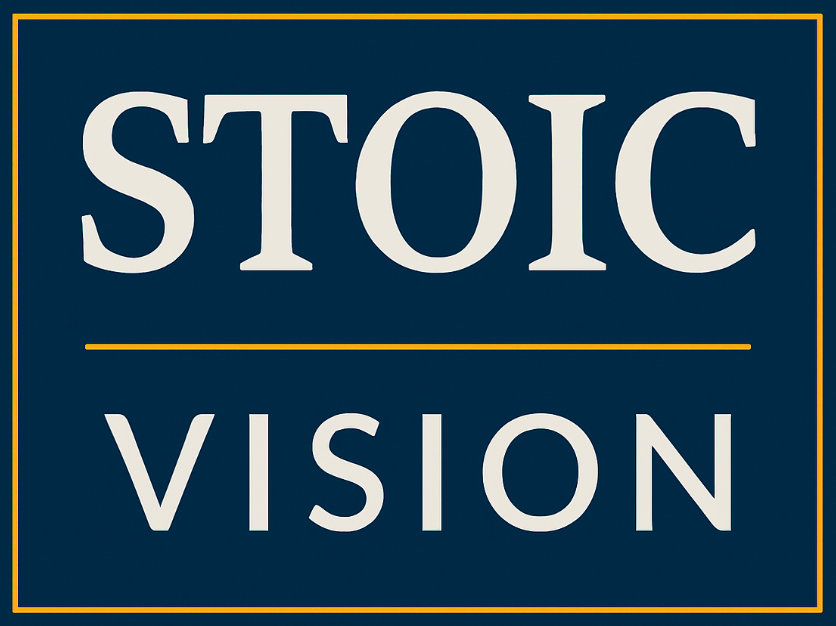Crafting Tailored Electoral Strategies: The Art of Positioning and Messaging
In the dynamic political landscapes of the Middle East, electoral campaigns are increasingly shaped by the need for tailored strategies that resonate with diverse voter demographics. As societies in the region become more politically active and digitally connected, the traditional one-size-fits-all approach to campaigning is no longer effective. Political parties and candidates must develop nuanced strategies that consider the unique preferences, concerns, and behaviors of various voter segments. This article delves into the intricacies of crafting customized electoral strategies, emphasizing the importance of candidate positioning and targeted messaging.
Background and Context
Historically, electoral campaigns in the Middle East have been characterized by broad, generalized messaging aimed at the electorate as a whole. However, shifts in voter behavior, influenced by factors such as increased access to information, social media engagement, and evolving political expectations, have necessitated a more segmented approach. For instance, Tunisia's electoral reforms have incrementally restricted the electoral system, benefiting established parties and wealthier candidates while fortifying the system against newer contenders. These changes highlight the importance of understanding the evolving electoral environment and adapting strategies accordingly[1].

Understanding Voter Demographics in the Middle East
A comprehensive understanding of voter demographics is foundational to developing effective electoral strategies. In the Middle East, factors such as age, gender, socioeconomic status, education level, and regional affiliations significantly influence voting behavior. For example, in Jordan, the impact of social media on political participation varies among youth, with gender playing a moderating role in how social media use affects political engagement[2]. Similarly, in Qatar, studies have shown that symbolic elections can influence coethnic voting behavior, underscoring the importance of cultural identity in electoral outcomes[2].

Developing Effective Candidate Positioning
Candidate positioning involves establishing a clear and distinct identity that resonates with targeted voter groups. This process requires analyzing the political landscape, identifying key issues, and aligning the candidate's values and policies with the concerns of specific demographics. In Tunisia, the political environment has been shaped by reforms that have affected party dynamics, making strategic positioning even more critical for electoral success[1].

Crafting Targeted Messaging Strategies
Effective messaging goes beyond generic slogans; it involves crafting narratives that speak directly to the values, concerns, and aspirations of different voter segments. This requires segmenting the electorate based on various criteria and tailoring messages that address their specific needs and interests. In Morocco, the unexpected victory of the National Rally of Independents (RNI) in the 2021 elections was partly attributed to their effective use of targeted messaging through digital platforms, which resonated with voters seeking change[4].

Leveraging Digital Platforms for Outreach
Digital platforms have become indispensable tools in modern electoral campaigns. They offer unprecedented opportunities for reaching and engaging voters, particularly the youth demographic. In Pakistan, for example, political parties extensively utilized digital platforms to connect with young voters, who constitute a significant portion of the electorate[3]. Similarly, AI tools have been employed to translate campaign messages into multiple languages, enhancing outreach efforts in diverse communities[5].

Analysis and Discussion
The implementation of tailored electoral strategies in the Middle East has yielded significant insights into voter behavior, campaign effectiveness, and the evolving role of digital platforms. By examining case studies from Tunisia, Jordan, and Morocco, we can identify patterns and lessons that inform best practices for political campaigns in the region.
Tunisia: Electoral Reforms and Voter Disengagement: Tunisia's 2024 presidential election, resulting in President Kais Saied's re-election with 90.7% of the vote, was marred by a low voter turnout of 28.8%. This outcome reflects a broader trend of voter apathy, influenced by economic challenges and perceived authoritarian shifts. The reform of the electoral system in 2022, which diminished the role of political parties and introduced a candidate-centered approach, further complicated the electoral landscape. These changes have disproportionately favored wealthier candidates and established political figures, sidelining smaller parties and new entrants[1].
Jordan: The Impact of Social Media on Youth Political Participation: In Jordan, social media platforms have become pivotal in engaging the youth demographic, which constitutes a significant portion of the population. A study utilizing Partial Least Squares Structural Equation Modeling (PLS-SEM) revealed that the frequency of social media use positively influences political participation among Jordanian youth. Notably, gender was found to moderate this relationship, with males exhibiting a stronger correlation between social media use and political engagement. This underscores the necessity for campaigns to tailor their digital strategies to address gender-specific preferences and behaviors[2].
Morocco: The RNI's Strategic Use of Digital Campaigning: The National Rally of Independents (RNI) in Morocco demonstrated the effectiveness of a well-coordinated digital campaign in the 2021 parliamentary elections. Under the guidance of British consultant Richard Bailey, the RNI employed a multifaceted approach that included professional management, targeted content creation, and a blend of online and offline activities. This strategy resulted in the RNI surpassing its main competitor, the Justice and Development Party (PJD), in online engagement across various platforms. The campaign's success highlights the importance of investing in digital infrastructure and content that resonates with diverse voter segments[4].
Implications for Electoral Strategy Development:
These case studies illustrate the critical role of understanding
regional dynamics, demographic characteristics, and technological
trends in crafting effective electoral strategies. In Tunisia, the
shift towards a candidate-centered system necessitates a
reevaluation of campaign approaches to ensure inclusivity and
representation. In Jordan, leveraging social media platforms
requires nuanced strategies that consider gender differences and the
varying purposes for which youth engage with these platforms. In
Morocco, the integration of digital and traditional campaigning
methods can enhance voter outreach and engagement.
For political parties operating in the Middle East, particularly
those in regions with similar socio-political contexts, adopting a
data-driven, culturally aware, and technologically adept approach is
essential. This involves conducting thorough demographic analyses,
segmenting the electorate effectively, and utilizing digital tools
to deliver tailored messages that resonate with specific voter
groups. By doing so, campaigns can foster greater voter engagement,
enhance democratic participation, and ultimately achieve electoral
success.

Recommendations
- Conduct Comprehensive Voter Research: Utilize surveys, focus groups, and data analytics to gain insights into the demographics, preferences, and concerns of the electorate.
- Develop Segmented Messaging: Craft messages that resonate with specific voter segments, addressing their unique needs and aspirations.
- Leverage Digital Tools: Employ digital platforms and AI technologies to enhance outreach efforts and engage with voters effectively.
- Monitor and Adapt Strategies: Continuously assess the effectiveness of strategies and make necessary adjustments to stay aligned with changing voter dynamics.
Conclusion
In the evolving political landscapes of the Middle East, crafting tailored electoral strategies is essential for electoral success. By understanding voter demographics, developing effective candidate positioning, crafting targeted messaging, and leveraging digital platforms, political parties can enhance their engagement with the electorate. These strategies not only improve electoral outcomes but also contribute to the broader goal of strengthening democratic processes in the region.
References
- International IDEA. (2013). Voter Turnout Trends around the World.
- ScienceDirect. (2020). Social identity and coethnic voting in the Middle East.
- Arab News. (2024). Social media election: Digital platforms take centerstage in Pakistan 2024 polls.
- GIGA Institute. (2021). Social Media in Morocco: From Grassroots Activism to Electoral Campaigns.
- Rest of World. (2024). Political campaigns embrace AI to reach voters across language barriers.
